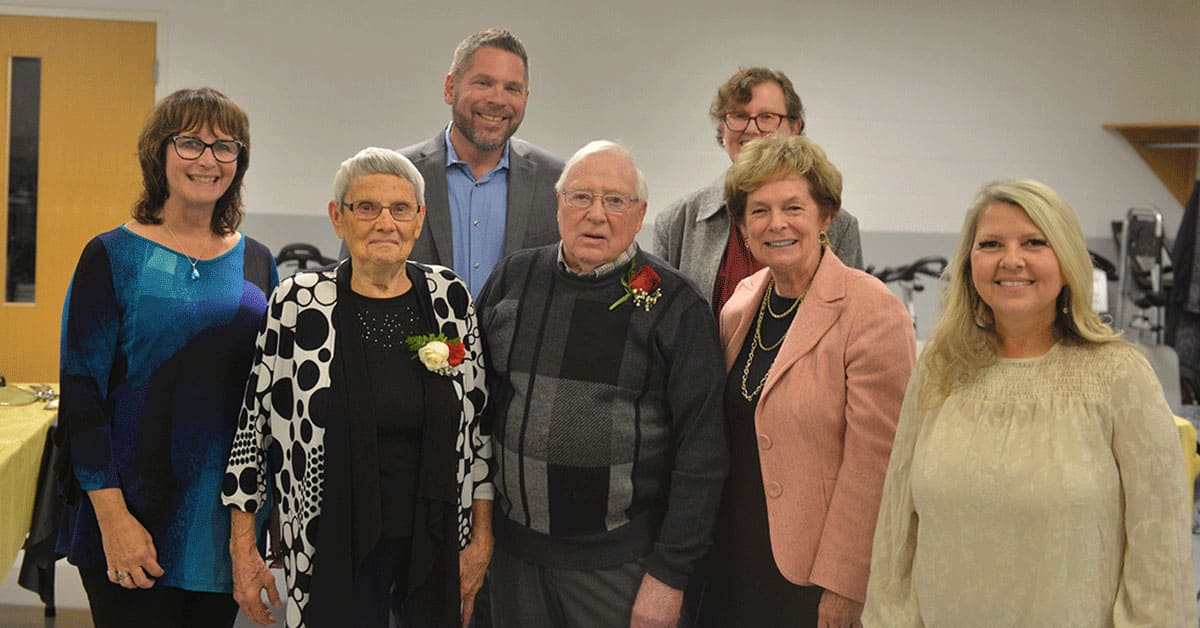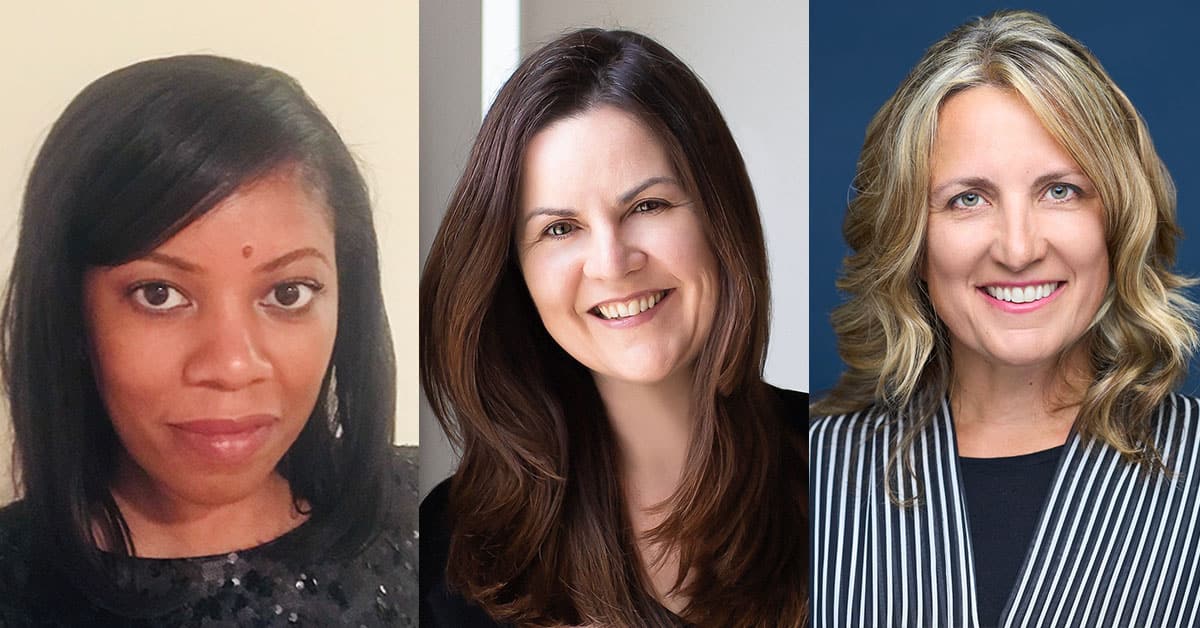;
;
;
Next Article
Seniors return to in-person celebrations

A Waterloo Region Library speaker series is aiming to raise awareness of dyslexia and the challenges faced by those who live with it. The three-part series has already featured Valdine Björnson, founder of the reading and learning clinic in Winnipeg. It will also feature a virtual event with Risha C
Last updated on May 03, 23
Posted on Nov 03, 22
4 min read
